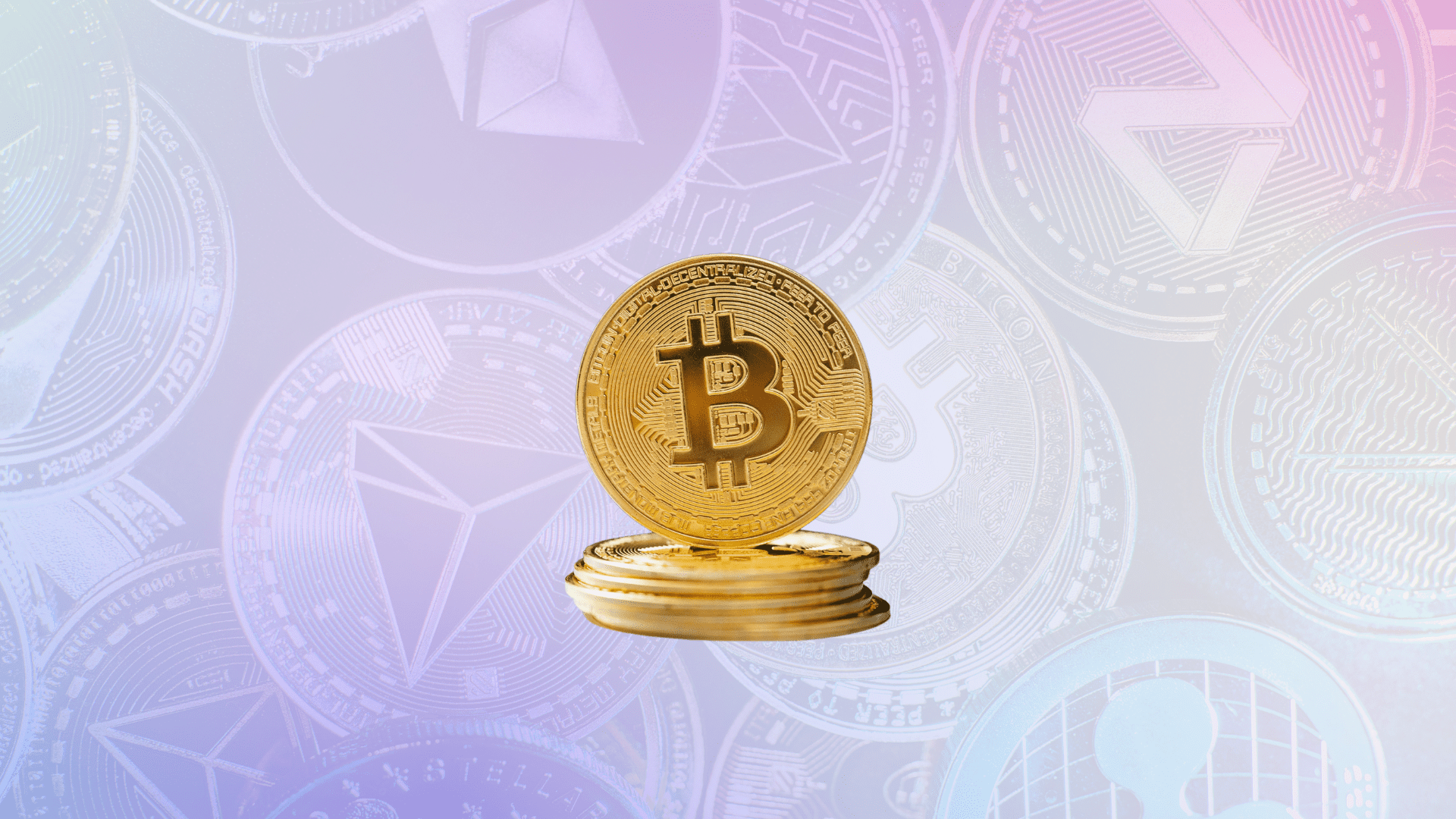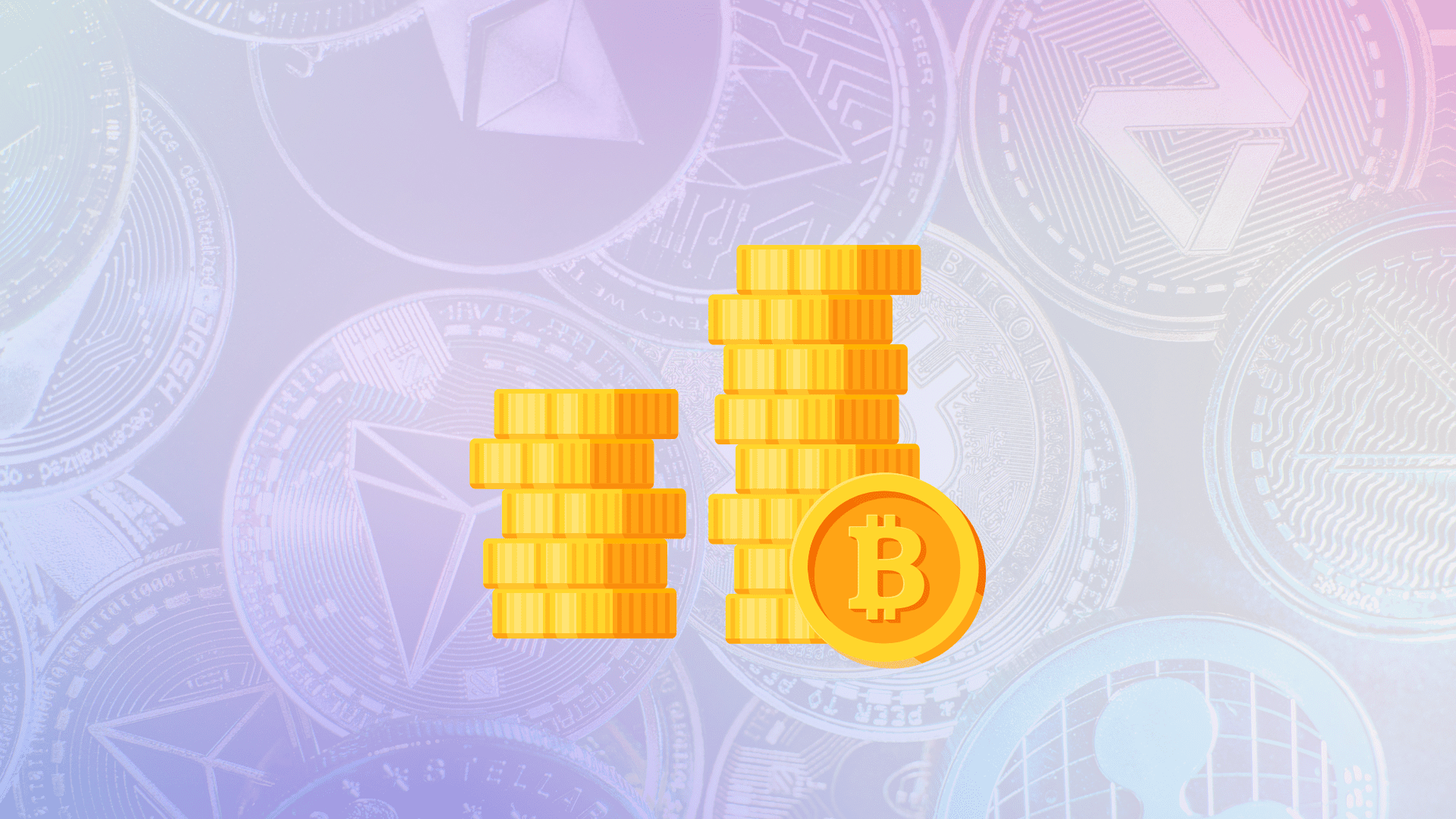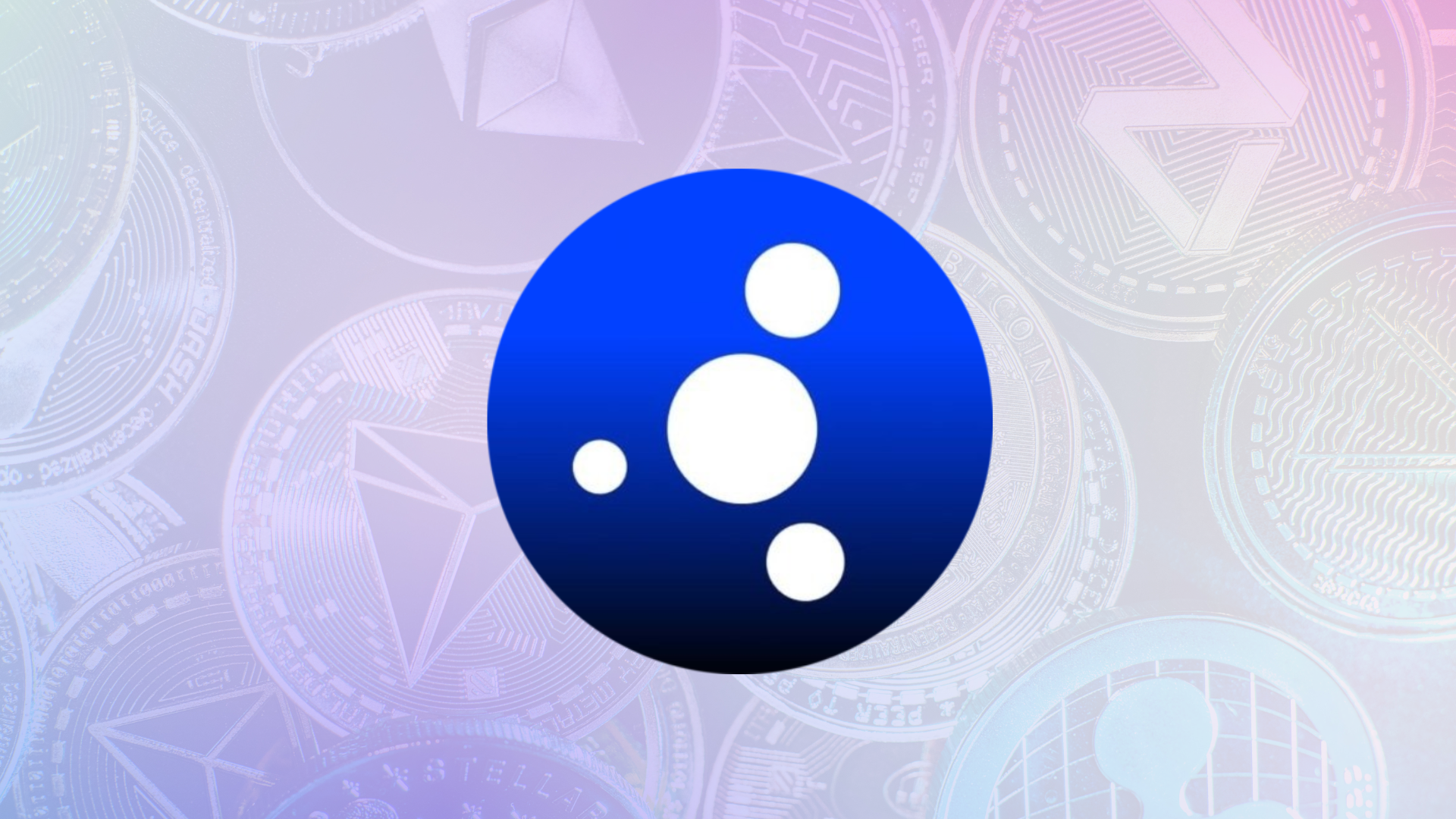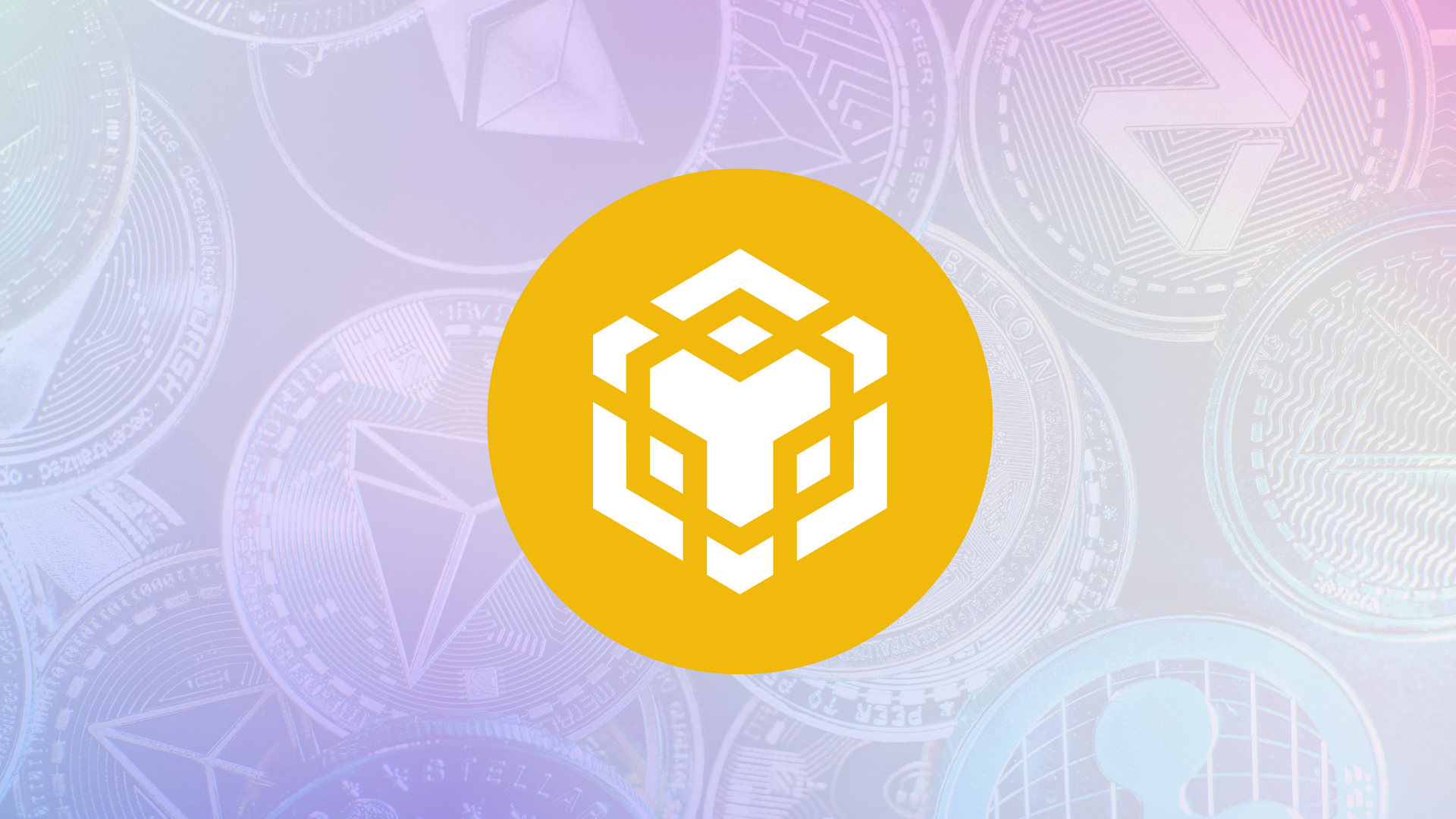At NFT Droppers, we provide the latest crypto news, in-depth project information, and comprehensive market insights. Launched in 2022, our platform covers new token launches, market trends, and detailed reviews of crypto and NFT projects. We offer reliable ratings based on 70+ evaluation factors, including tokenomics, roadmaps, and team authenticity. Whether you’re an investor or a crypto enthusiast, NFT Droppers keeps you informed with accurate, up-to-date information and expert analysis.
How to Buy Crypto on Crypto.com: 2025 Guide
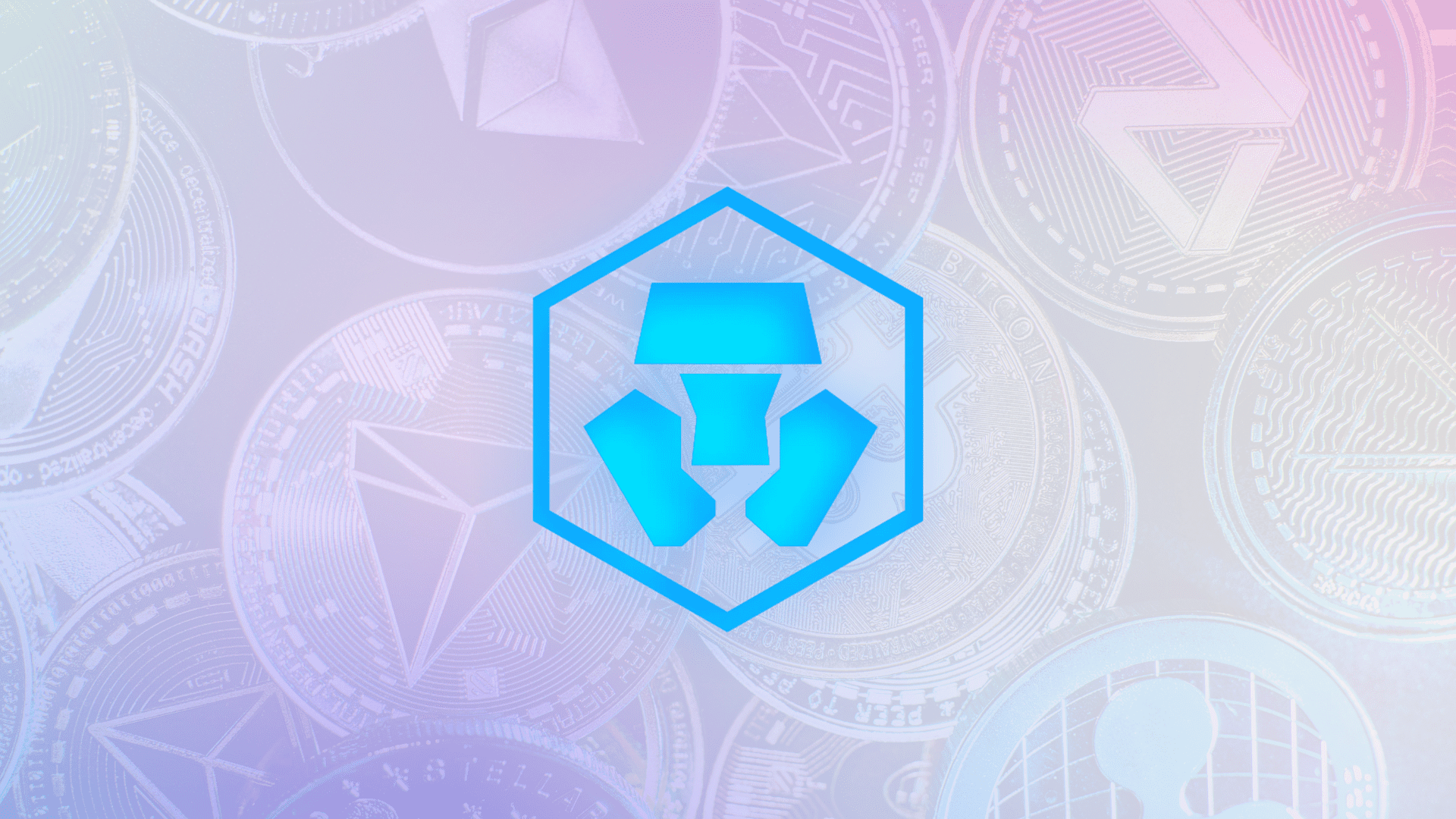
Table of Contents
The allure of Bitcoin mining lies in its promise of financial independence, a chance to carve out a slice of the world’s leading cryptocurrency without buying it outright. But the question on every miner’s mind—whether they’re a curious newbie or a seasoned pro tinkering with rigs—is simple: how long does it really take to mine one Bitcoin? The answer isn’t as straightforward as it seems. It’s a tangle of hardware specs, network dynamics, electricity costs, and a sprinkle of luck. This guide cuts through the noise to give you a clear, actionable roadmap for mining Bitcoin in 2025, tailored for American readers who want to know the real deal—costs in USD, timelines, and strategies to make it work.
Understanding Bitcoin Mining: The Basics
Bitcoin mining is the process that keeps the network alive. Miners use powerful computers to solve complex mathematical puzzles, validating transactions and adding them to the blockchain—a decentralized ledger that records every Bitcoin move. When a miner cracks the code, they’re rewarded with newly minted Bitcoin, currently 3.125 BTC per block, plus transaction fees. Sounds simple, right? Not quite. The catch is competition. Thousands of miners worldwide are racing to solve the same puzzle, and only the first one wins the prize.
The Bitcoin network is designed to produce a new block roughly every 10 minutes. That’s the heartbeat of the system, keeping things predictable. But mining one Bitcoin isn’t about hitting a single block—it’s about accumulating enough rewards over time, and that depends on your setup, strategy, and the network’s mood swings. Let’s break it down.
Factors That Dictate Mining Time
Several variables determine how long it takes to mine one Bitcoin. Think of them as the levers you can pull—or the obstacles you’ll need to navigate.
1. Hash Rate: Your Mining Muscle
Hash rate measures how many calculations your mining rig can perform per second. It’s your firepower in the race to solve the puzzle. Modern rigs, like the Bitmain Antminer S21 Pro, churn out around 234 terahashes per second (TH/s). The higher your hash rate, the better your odds of cracking a block. But here’s the kicker: your hash rate is only as good as its share of the network’s total, which is currently around 900 exahashes per second (EH/s). That’s a million trillion hashes every second. A single rig, even a beastly one, is a drop in that ocean.
2. Network Difficulty: The Moving Target
Bitcoin’s difficulty adjusts every 2,016 blocks—roughly two weeks—to ensure blocks are mined every 10 minutes, no matter how many miners join or leave. More miners mean higher difficulty, making it tougher to win a block. As of early 2025, the difficulty is at historic highs, reflecting Bitcoin’s soaring popularity and hash power. This directly impacts your mining timeline: higher difficulty stretches it out.
3. Block Reward and Halving: The Payday
Every block you mine earns 3.125 BTC, a number that halves every four years or so (the last halving was April 2024). This reward is your primary income, though transaction fees add a bit extra. Since one Bitcoin is worth about $100,000 at current prices, a single block’s reward is a hefty $312,500. But because you’re competing with massive mining farms, claiming that reward solo is like winning a lottery.
4. Electricity Costs: The Silent Killer
Mining rigs guzzle power. In the U.S., electricity costs vary widely—$0.12 per kilowatt-hour (kWh) is a decent average, but it can hit $0.20 in places like California or drop to $0.08 in states like Texas. A rig like the Antminer S21 Pro consumes about 3,510 watts. Run it 24/7, and you’re burning through $10-$20 a day per rig, depending on your location. If your electricity bill eats your profits, mining becomes a losing game.
5. Solo vs. Pool Mining: Strategy Matters
Solo mining means going it alone, keeping the full block reward if you win. But with today’s competition, you could wait years—decades, even—for a single block. Most miners join pools, combining their hash power with others and splitting rewards based on contribution. Pools offer smaller, steadier payouts, but you’ll pay a fee, typically 1-3%. Your choice here shapes your timeline and income stability.
How Long Does It Really Take?
Let’s get to the meat of it. The time to mine one Bitcoin depends on your setup and approach. Here’s a breakdown for different scenarios, assuming a Bitcoin price of $100,000 and average U.S. electricity costs of $0.12/kWh.
Solo Mining with a Single Rig
Take an Antminer S21 Pro (234 TH/s, $4,000 upfront). Against a network hash rate of 900 EH/s, your rig represents about 0.000026% of the total. Statistically, you’d mine one block every 7,300 years. Yes, years. Even if you got lucky and hit a block, it’d yield 3.125 BTC, worth $312,500. But the odds are brutal—solo mining with one rig is a gamble most can’t afford.
Solo Mining with a Small Farm
Scale up to 10 Antminer S21 Pros ($40,000 investment, 2,340 TH/s). Your share of the network hash rate jumps to 0.00026%, cutting your expected time to mine a block to about 730 years. Still not practical, but you’re starting to see why big players dominate. A farm of 100 rigs ($400,000) brings it down to 73 years per block. The upfront cost and electricity—$100-$200 daily for 10 rigs—make this a tough road for most.
Pool Mining with a Single Rig
Joining a pool changes the game. With the same Antminer S21 Pro, you contribute 234 TH/s to a pool like Foundry USA or F2Pool. Based on current network stats, you’d earn about 0.00034 BTC per day ($34 at $100,000/BTC) after a 2% pool fee. To hit one Bitcoin, you’d need roughly 2,941 days—about 8 years. Electricity costs ($10/day) mean you’re spending $29,410 over that time, so your net profit depends heavily on Bitcoin’s price staying high.
Pool Mining with Multiple Rigs
Add more rigs, and the timeline shrinks. Ten Antminer S21 Pros in a pool yield 0.0034 BTC daily ($340). You’d mine one Bitcoin in about 294 days, or 9.6 months. Electricity for 10 rigs runs $100/day, totaling $29,400 over 294 days. Your hardware cost ($40,000) plus power means you’re investing $69,400 to mine one Bitcoin worth $100,000—a $30,600 profit if prices hold. Scale to 100 rigs, and it’s 29 days, but you’re looking at $400,000 in hardware and $294,000 in electricity over a year.
Cloud Mining: A Different Beast
Don’t want to buy hardware? Cloud mining lets you rent hash power from a data center. Contracts start at $2,000 for modest hash rates, with daily fees. But beware: scams are rife, and returns are often lower than owning a rig. A $2,000 contract might yield 0.0001 BTC daily ($10), taking 10,000 days (27 years) to mine one Bitcoin. Most cloud mining isn’t worth it unless you vet the provider carefully.
Step-by-Step Guide to Start Mining Bitcoin
Ready to dive in? Here’s how to get started, whether you’re a small-time hustler or planning a bigger operation.
Step 1: Crunch the Numbers
Before spending a dime, calculate your costs and potential returns. Use a Bitcoin mining calculator from a reputable source like CoinDesk. Input your rig’s hash rate, power consumption, electricity cost, and pool fees. Check Bitcoin’s price and network difficulty on sites like Blockchain.com. If the math doesn’t add up to profit, rethink your plan.
Step 2: Choose Your Hardware
ASIC miners are your only real option in 2025. Top picks include the Bitmain Antminer S21 Pro ($4,000, 234 TH/s) or Whatsminer M30S++ ($3,500, 112 TH/s). GPUs and CPUs are too weak for Bitcoin’s SHA-256 algorithm. Buy from trusted vendors to avoid scams, and consider used rigs if your budget’s tight—but inspect them thoroughly.
Step 3: Secure a Power Source
Electricity is your biggest expense. If you’re in a high-cost state, look for cheaper regions or negotiate industrial rates. Some miners in Texas tap into renewable energy or surplus grid power for $0.05-$0.08/kWh. Ensure your setup has proper cooling—ASICs run hot, and overheating kills efficiency.
Step 4: Pick a Mining Strategy
Pool mining is the go-to for most. Research pools like Foundry USA, F2Pool, or Antpool for low fees and reliability. Solo mining only makes sense with a massive setup and cheap power. Cloud mining? Tread carefully—stick to established platforms and read reviews.
Step 5: Set Up Your Rig
Connect your ASIC to a power supply and the internet. Download mining software (most pools recommend specific ones, like CGMiner or BFGMiner). Configure it with your pool’s details or your Bitcoin wallet address if solo mining. Run a test to ensure everything’s humming—no errors, no crashes.
Step 6: Store Your Rewards Safely
Mined Bitcoin goes to your wallet. Use a non-custodial wallet like Electrum for pool mining or a hardware wallet (Ledger, Trezor) for long-term storage. Never leave funds on an exchange or pool longer than necessary—hacks happen.
Step 7: Monitor and Optimize
Track your rig’s performance, electricity usage, and payouts. Adjust settings to maximize hash rate without spiking power draw. Stay updated on network difficulty and Bitcoin prices. If mining turns unprofitable, sell your rigs or switch to a cheaper location.
Costs and Profitability in the U.S.
Mining isn’t cheap. A single Antminer S21 Pro costs $4,000, plus $3,650/year in electricity at $0.12/kWh. Add cooling, maintenance, and internet, and you’re at $5,000-$6,000 annually per rig. For a 10-rig setup, that’s $50,000-$60,000 upfront and $40,000/year to run.
Profitability hinges on Bitcoin’s price and your costs. At $100,000/BTC, a single rig in a pool might net $12,410/year (0.1241 BTC) after electricity, assuming no price drops or difficulty spikes. A 10-rig farm could pull $124,100, but you’re still $400,000 in the hole on hardware. Break-even takes years unless Bitcoin moons or you score dirt-cheap power.
Compare that to buying Bitcoin outright. $4,000 buys 0.04 BTC at $100,000—no electricity costs, no hardware headaches. Mining’s edge is long-term: if you believe Bitcoin hits $200,000, your mined coins double in value, and you might sell rigs to recoup costs.
Challenges and Risks
Mining isn’t a get-rich-quick scheme. Here’s what you’re up against:
- Price Volatility: If Bitcoin drops to $50,000, your profits halve, but electricity bills don’t.
- Difficulty Creep: More miners join daily, pushing difficulty higher and squeezing your share.
- Hardware Obsolescence: Newer, faster ASICs hit the market yearly, making older rigs less competitive.
- Regulation: U.S. laws on crypto mining are tightening, especially on energy use. Stay informed.
- Scams: Cloud mining and shady hardware vendors can burn you. Research everything.
Tips to Maximize Your Mining
Want to tilt the odds in your favor? Try these:
- Move to a low-cost electricity state like Texas or Wyoming.
- Join a reputable pool with low fees and high uptime.
- Upgrade rigs every 2-3 years to stay competitive.
- Use renewable energy or surplus power deals to slash costs.
- Monitor Bitcoin’s price and sell at peaks to lock in profits.
FAQs About Bitcoin Mining
How much does it cost to mine one Bitcoin?
With one Antminer S21 Pro ($4,000) in a pool, you’d spend about $29,410 in electricity over 8 years to mine one Bitcoin, plus the rig’s cost. Total: $33,410, assuming $0.12/kWh and stable prices.
Can I mine Bitcoin with a regular PC?
No. PCs and GPUs can’t compete with ASICs. You’d spend more on electricity than you’d earn, even in a pool.
Is solo mining worth it?
Unless you have a massive farm and cheap power, solo mining is a long shot. Pools offer steadier returns for most.
What’s the fastest way to mine one Bitcoin?
Join a pool with multiple high-end rigs. Ten Antminer S21 Pros can mine one Bitcoin in about 9.6 months, but it’s a $69,400 investment.
Will mining always be profitable?
Not guaranteed. Profit depends on Bitcoin’s price, difficulty, and your costs. If prices tank or difficulty spikes, you could lose money.
Conclusion
Mining one Bitcoin in 2025 is a grind, not a sprint. With the right hardware, a solid pool, and cheap power, you can carve out a profit—maybe $30,000 per Bitcoin after costs with a small setup. But it’s a high-stakes game. You’re betting on Bitcoin’s price, network trends, and your ability to keep costs low. For most Americans, pool mining with a few rigs offers the best shot at steady returns, taking 8-10 months per Bitcoin with a $40,000 investment. Solo mining? That’s for the big dogs with deep pockets and endless patience.
The real question isn’t just time—it’s strategy. Do you mine, buy, or both? Run the numbers, weigh the risks, and move smart. The blockchain doesn’t care about your dreams, but it rewards those who play the game right. Get your setup tight, and you might just claim your slice of the future.

Disclaimer: The information presented here may express the authors personal views and is based on prevailing market conditions. Please perform your own due diligence before investing in cryptocurrencies. Neither the author nor the publication holds responsibility for any financial losses sustained.
CRYPTO PAYMENT GATEWAY
 Crypto Cloud
Crypto CloudTOP EXCHANGES
BEST CRYPTO CASINO
BEST HARDWARE WALLET
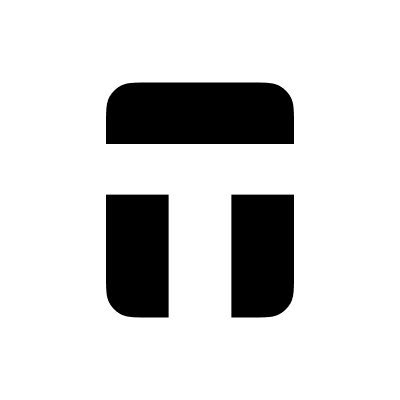 Tangem
Tangem
 Xyes Casino (Must Try)
Xyes Casino (Must Try) Stake.com
Stake.com Coins.Game Casino
Coins.Game Casino